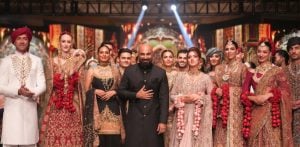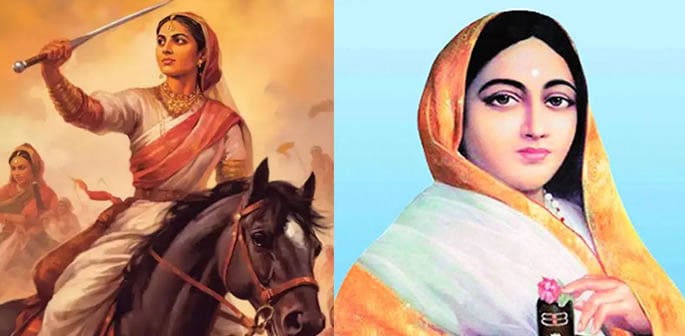she ascended as the ruler of the Holkar domain.
The stories of India’s historical queens are powerful chronicles of courage, governance, and resilience, often overlooked in a history dominated by emperors and kings.
These women were not simply royal consorts; they were formidable strategists, benevolent administrators, and fierce warriors who actively shaped the destiny of their kingdoms.
Their influence was felt across the subcontinent, leaving an indelible mark on the nation’s cultural and political landscape.
By challenging the conventional, male-centric view of power, their legacies offer a more complete and inspiring picture of India’s past.
This exploration delves into the lives of five such rulers whose vision and will redefined leadership, proving that authority and impact are not defined by gender.
Ahilyabai Holkar
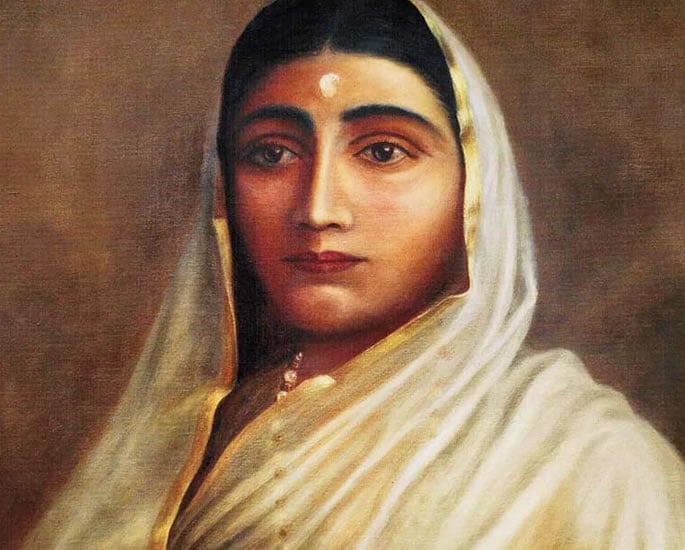
Born in 1725 into a modest family in present-day Maharashtra, Ahilyabai Holkar’s life was a testament to the idea that leadership is forged in crisis.
Married into the esteemed Holkar dynasty of the Maratha confederacy, she faced personal tragedy early on, losing her husband, Khanderao Holkar, in the battle of Kumbher in 1754, followed by her father-in-law in 1766.
Yet, instead of receding into the shadows, she ascended as the ruler of the Holkar domain.
Ahilyabai’s reign was not defined by the sword, but by an unwavering commitment to public welfare. She moved the capital to Maheshwar, transforming it into a hub of culture and trade.
Her governance was marked by the construction of temples, ghats, and rest houses across India, fostering a sense of shared heritage and promoting religious pluralism.
Ahilyabai’s rule was a masterclass in benevolent administration, earning her the title of “the philosopher-queen”.
Her legacy serves as a powerful model for modern leaders, demonstrating that true power lies in governance that empowers, builds, and nurtures.
Begum Hazrat Mahal

Begum Hazrat Mahal’s story is one of remarkable transformation from a royal consort to a key figure in the Indian Rebellion of 1857.
Born Muhammadi Khanum around 1820, she became the junior wife of Wajid Ali Shah, the Nawab of Awadh.
When the British annexed Awadh in 1856 and exiled her husband, she refused to accept colonial subjugation.
Remaining in Lucknow, she took the reins of the rebellion, declaring her son, Birjis Qadr, as the ruler and herself as regent.
She organised troops, collaborated with other rebel leaders, and mounted a fierce resistance against the British.
Though she was eventually forced to flee to Nepal, where she died in exile, her defiance has become legendary.
Begum Hazrat Mahal’s journey from the palace to the battlefield is a powerful narrative of asserting agency in the face of overwhelming odds, offering a timeless example of resistance against marginalisation.
Rani Durgavati
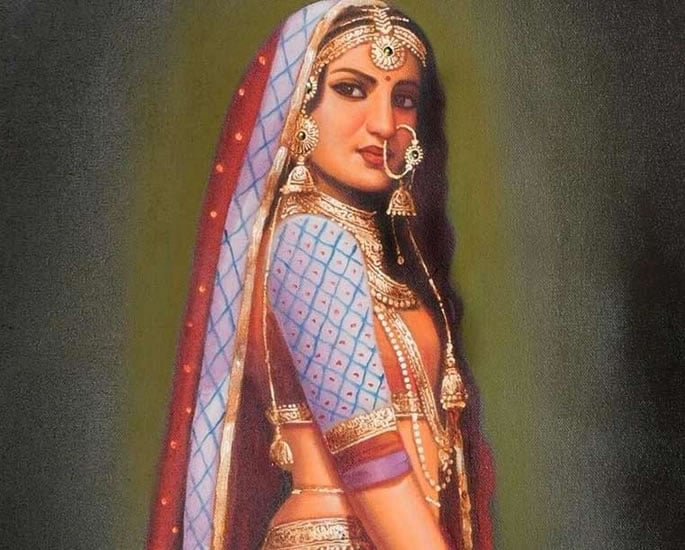
Rani Durgavati, born in 1524 to the Chandela dynasty, embodied the spirit of principled resistance.
Through her marriage to Dalpat Shah, heir to the Gond kingdom of Garha-Katanga, she forged a crucial alliance between Rajput and Gond royal houses.
After her husband’s death in 1550, she stepped up as regent for her young son, Vir Narayan, proving to be a capable and strategic ruler.
She moved her capital to Chauragarh Fort, a location chosen for its superior security. Her reign, however, was challenged by the expansionist ambitions of the Mughal Empire.
In 1564, when the Mughal general Asaf Khan invaded her kingdom, Durgavati chose to lead her forces into battle rather than surrender.
She fought with immense bravery at Narrai, and though she sustained fatal injuries, her sacrifice cemented her legacy as a symbol of courage and a defender of her people’s sovereignty.
Her story continues to inspire, particularly in regions with strong indigenous identities, as a model of leadership that bridges tradition with a fierce commitment to independence.
Rani Lakshmibai

Perhaps one of the most iconic figures in India’s struggle for freedom, Rani Lakshmibai of Jhansi remains a symbol of fearless leadership.
Born Manikarnika Tambe around 1828, she married the Maharaja of Jhansi, Gangadhar Rao.
The couple faced a succession crisis when their infant son died, and the British East India Company, under the Doctrine of Lapse, refused to recognise their adopted heir.
Following the annexation of Jhansi in 1854, Lakshmibai’s resolve hardened.
During the 1857 rebellion, she organised the defence of her kingdom with extraordinary skill and courage.
After a valiant but ultimately unsuccessful defence of Jhansi, she escaped and joined forces with other rebels, continuing the fight until she fell in battle in 1858.
Known as Rani of Jhansi, Rani Lakshmibai’s name is synonymous with the refusal to accept injustice, and she continues to be a powerful emblem of female agency and empowerment, inspiring generations to transition from traditional roles to active, public leadership.
Chand Bibi
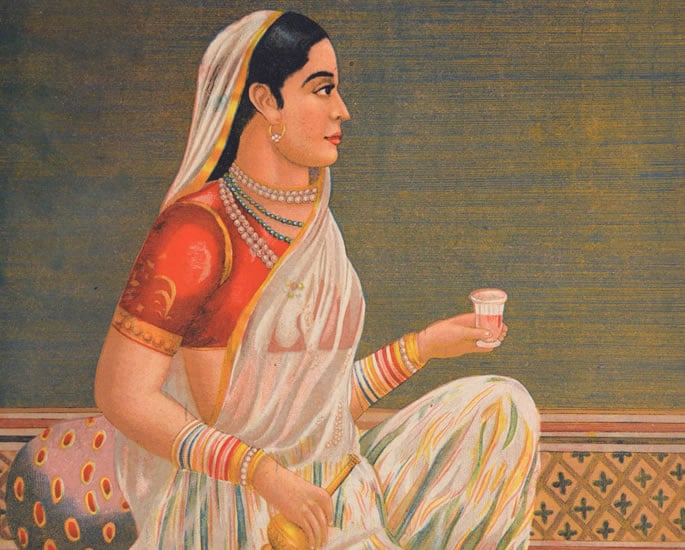
Chand Bibi’s life was a masterclass in diplomacy, strategy, and military command during a tumultuous period in the Deccan.
Born in 1550 in the Ahmednagar Sultanate, she was a woman of remarkable intellect and cultural fluency, speaking Arabic, Persian, Turkish, Marathi, and Kannada.
Her marriage to Sultan Ali Adil Shah I of Bijapur placed her at the centre of Deccan politics.
After her husband’s death, she served as regent for her young nephew in Bijapur and later returned to Ahmednagar to act as regent for her grandnephew.
It was here that she famously defended the fort of Ahmednagar against Mughal forces in the late 1590s.
Her leadership in an era when female regency was rare, especially in the Deccan, was exceptional.
Chand Bibi’s ability to navigate complex cultural and political landscapes makes her a particularly relevant figure for modern leaders who must weave together heritage, modernity, and agency in a diverse, multicultural world.
The stories of these five queens are more than just historical accounts; they are enduring narratives of power, principle, and purpose.
From Ahilyabai Holkar’s benevolent governance to Rani Lakshmibai’s fiery resistance, these women demonstrated that leadership has many faces.
They challenged norms, defended their people, and left legacies that continue to resonate in modern India.
Their lives remind us that the pages of history are filled with powerful women who not only shaped their own destinies but also the course of a nation.





















